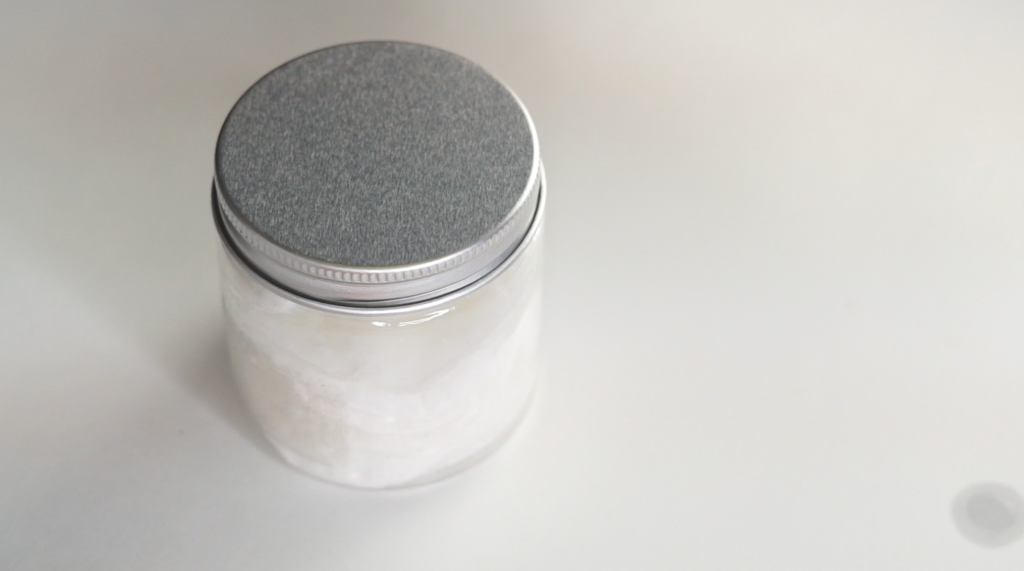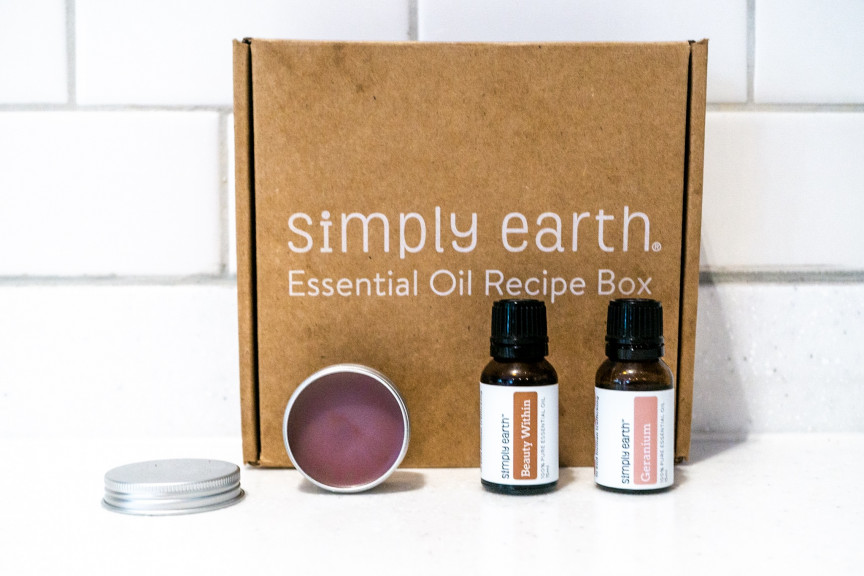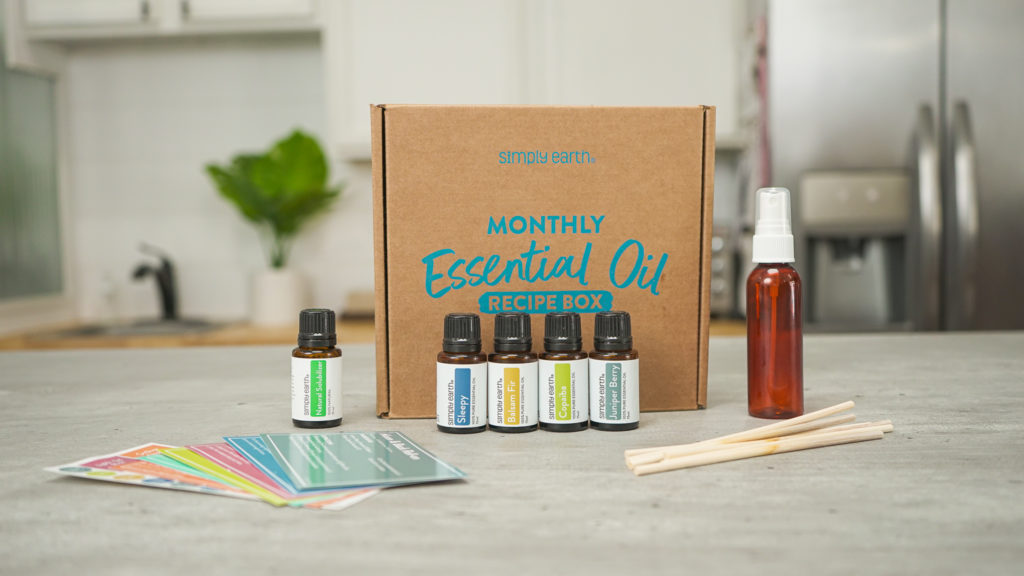Do you ever wonder what’s lurking in your make-up cabinet or that beauty bag you can’t leave home without?

At first glance, you’ll see things of beauty that help boost your confidence– colors and glitter, oh what a sight to behold. But in those same seemingly unharmful products are dangerous toxins hiding in plain sight. I guess there’s something ugly lurking in beauty after all.
Maybe you’re thinking you’ll just read the labels or that certain government agencies are making sure everything that’s out in the market is safe. Nope. Unfortunately, cosmetics are highly unregulated in the US. In fact, the US Food & Drug Administration (FDA) noted, “The law does not require cosmetic products and ingredients, other than color additives, to have FDA approval before they go on the market”1.
Beyoncé’s song says “Pretty Hurts”. Well, from the looks of what the cosmetic industry is doing, we can say that’s probably true. But it shouldn’t be. At least YOU get a say on whether or not it’s true in your life. And that’s the beauty of life: we have choices before us. After reading this blog, we hope you’ll start leaning on greener, cleaner, and safer alternatives- Natural Cosmetics!!
Here are the most common nasty chemicals in cosmetics and beauty products and make-ups. Read on and check the ingredients of the products you have one by one. You might be unknowingly harming yourself.
Toxic Chemicals in Cosmetics

Phthalates
Phthalates are a group of plasticizing chemicals in cosmetics to avoid product stiffness and brittleness. While some phthalates are already red-flagged by environmental groups and even banned for use in cosmetics in Australia and the European Union, a lot of cosmetics that are manufactured and sold in the US still contain this chemical.
Some health issues that are linked with phthalates are endocrine disruption which can lead to reduced fertility especially in males, reproductive organ abnormalities, endometriosis, and early puberty in girls. Thyroid issues and obesity, type 2 diabetes, and child development can also be affected. Moreover, the National Institutes of Health cited that phthalates may even cause cancer2.
Formaldehyde
To preserve your cosmetics from contamination and bacterial growth, manufacturers use formaldehyde. Maximum safe limits are set in using formaldehyde in cosmetics. However, there are still cases when beauty products are recalled because they contain unacceptably high levels of formaldehyde. Also, even at low concentrations, some may still experience skin and sensory irritation.
Exposure to formaldehyde is associated with neurotoxicity, hair loss, asthma, and dizziness. At high exposure, this chemical can even cause cancer! The World Health Organization International Agency for Research on Cancer considers formaldehyde as a Group 1 (carcinogenic to humans) carcinogen.
You may say you’ll just read the labels and avoid this ingredient, but did you know that there are certain chemicals that release formaldehyde? So we really can’t be certain about the safety of store-bought cosmetics.
Coal Tar
Coal tar is a coloring agent that provides synthetic colors in many commercial eyeshadows, lipsticks, and other cosmetic and personal care products. Unfortunately, this chemical can cause harm too- it can cause eye and skin irritation, acne breakouts, and ADHD (attention deficit hyperactivity disorder). What’s worse is that coal tar is even a known carcinogen. So, I guess however great coal tar is for tinting, it’s really just not worth the risk.
Due to these side effects, coal tar is already banned for use in some products in Europe and some Asian countries, and special regulations are also set in using coal tar in Australia. Here in the US, the FDA in its warning on eye cosmetic safety said that “There are no color additives approved by FDA for permanent dyeing or tinting of eyelashes and eyebrows”4.
Toluene
Toluene is a petrochemical solvent in some nail polishes and hair dyes. Restrictions have already been set in using toluene in the European Union, but it is still widely and freely used in the United States. Such restrictions were established because toluene was found to cause some health side effects in the human central nervous system such as dizziness, euphoria, hallucinations, fatigue, nausea, drowsiness, and headaches. It can also lower one’s immunity and can even cause blood cancer and birth defects in newborns.
Butylated Hydroxyanisole (BHA)
To preserve some cosmetic products like lipsticks and moisturizers, manufacturers use butylated hydroxyanisole (BHA). Certain health concerns were raised because BHA was linked to organ-system toxicity, endocrine disruption, and even cancer. Because of this, the European Union decided to prohibit the use of BHA in cosmetics. Even in the US, “butylated hydroxyanisole (BHA) is reasonably anticipated to be a human carcinogen based on sufficient evidence of carcinogenicity from studies in experimental animals.”, as stated in a report by the National Toxicology Program of the US Department of Health and Human Services.
Check Out the Natural Alternatives

In our pursuit of beauty, it is also best to consider safety. For me, nothing is safer and better than going all natural! Don’t know how to start? Subscribe to our Monthly Recipe Box today. We will provide you with four pure essential oils and six recipes to help you start your all-natural journey! How about some DIY natural make-up recipes to entice you more?
Check out these recipes:
Want more easy-to-follow and fun recipes? Check out our Toxin-Free Magazine!
What are your thoughts?

The cosmetic industry won’t take the initiative of making us entirely aware of every ingredient they put in their products. The government also lacks strong regulation. So take the responsibility of doing your own safety checks; it’s a big step on your toxin-free journey!

